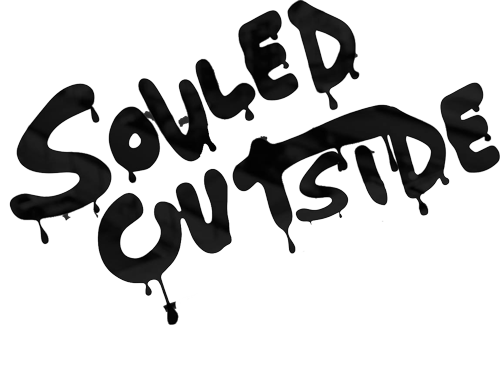The sun broke over the Baltic Sea in a soft, orange glow. Inside a beachside hotel room, I woke in a groggy blur. “What just happened?”
An hour before sunset, the bus rolled to a stop at the top of a winding, gravel driveway in the Swedish countryside. When it did, our guide said something I had to hear twice. “When we get out, we will make our way past the castle, and you will meet the countess. She will have dinner with us.”
Full stop. Pull the needle off the record.
“Can you repeat that last sentence?”
Isabel Erlingson and her partner Rico Dynan had spent the better part of a day leading myself and a group of writers and influencers on a Wonka-like tour of Southern Sweden. Together, the two comprise part of Absolut Vodka’s global marketing team. In short, it’s their job to explain the brand, its products, and its history to the world. The job description sounds stuffy, but this week it makes the pair a combination of tour guides, DJs, mixologists, and—probably on their on accord—pranksters. Erlingson, a tall, blonde Swede with a New York sense of sarcasm and Dynan, a Manchester-born Brit with knack for kickstarting a party and an impeccable sense of timing are a dangerous duo.
Thanks to them, I’d learned one concrete fact in one day in Sweden: there’s always a hidden layer. There’s always another surprise.

Mixing drinks in Absolut Vodka’s Ahus, Sweden “Home” with Dynan in the background
In Absolut’s recently-opened “Home,” we’d been dazzled by a tour through secret passageways and a sort of vodka learning laboratory. This, before being whisked away to a dimly-lit, medieval bar in the nearby city of Kristianstad. That bar, it turns out, was a rouse, as yet another secret passage led us to one of Absolut’s hidden kitchens/lounges within the building’s walls.
By the time our bus pulled to a stop in the countryside, the count of secret doorways was already approaching a fistful. With a castle ahead, I was sure another surprise was in store. Trapdoors, dungeons, and—no doubt—beverages awaited ahead.
But a countess? That was something new.
Our group hopped off of the best and slowly made our way towards the castle. Sneakers crunching over the winding, gravel drive, a cautious dialogue ensued.
“What do you say to a countess?”
“What is she the countess of?”
“How did she even get the job?”
In a few minutes, our questions were answered.
A young, brown-eyed woman with a bright smile greeted us at the threshold of a rustic building on the castle grounds. For at least 300 years, this building had been a bakery and laundry facility for the immense estate that wrapped around us on all sides. The old bakery alone was larger than most American houses. It sat in a field plucked from the pages of The Secret Garden. And if the building itself was plucked from fiction, so too was its owner.
Throughout history, the titles of count and countesses have been shrouded in a veil of mystery. They seem to appear out of nowhere, lording over their estates as the eternal hosts of the party.
The most famous examples are the stuff of legend. The Count of St. Germain was said to have been a Transylvanian prince who lived for over 200 years, in a life star-crossed with alchemy, global politics, and music composition. Likewise, Alexandre Dumas’s Count of Monte Cristo rose from the pages of fiction to attain global status as the world’s most notorious count. That two of the world’s most famous counts and countesses are surrounded by an aura of the surreal seems no mistake.
Enter Countess Alexandra Hamilton—the bright, young woman who greeted us at the bakery door, here to play host for a ragtag band of American visitors.
The setting is casual. There are no suits, gowns, and dances. The Countess herself, who recently took over the estate after spending years away in London, is as laid back as they come. She carefully spins the story of her childhood, now adult, home in a way that offsets the castle’s heavy historical importance. When the conversation inevitably turns to the property’s age and its ghosts, she laughs and gives a knowing smile. As Erlingson and Dynan pour the drinks, the group peppers her with stories of haunted houses from New York, California, and Tennessee.
Yes, she’s seen things here and heard noises. But, she’s lived on the estate for much of her life. If she’s off put by the paranormal, she seems at peace with it here. Casually, she orders another round of drinks.
The old bakery, by the way, is still functional. While we mingle, a three-part team of Swedish chefs is busy setting the stage for a traditional “mid summer” smörgåsbord. This nearly 20 course meal comes complete with several styles of herring, sausage, salads, caviars, and of course meatballs. The chefs have saved a few final courses for the group to prepare, and in short order, we’ve all gathered for a toast in the building’s food hall.
As the writers, Erlingson, and Dynan raise our glasses, I notice the Countess is among us, too. And in the corner of the room, I spy another detail—it’s a staircase leading to nowhere, another Swedish secret, another hidden door.













